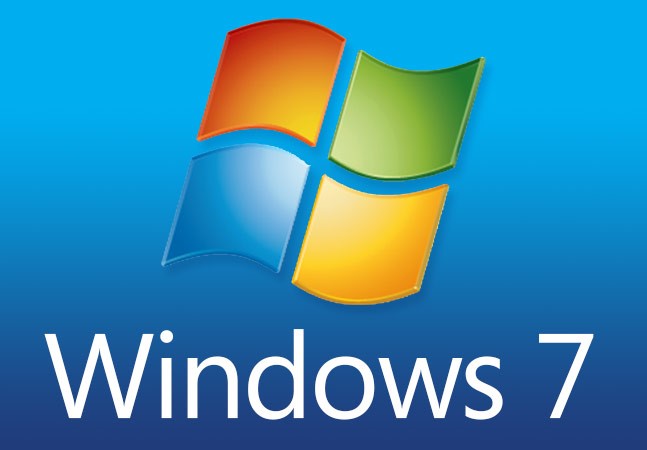An Outdated Operating System Poses a Huge Security Risk
An Outdated Operating System Poses a Huge Security Risk
It’s Time to Abandon Windows 7 for a Safer Option.
 Windows 7 is considered to be one of Microsoft's most successful operating systems. So much so that many organizations skipped upgrading to either of Microsoft’s newer operating systems: Windows 8 and Windows 10. You may be able to list many reasons why you want to stay with Windows 7, but it is time to start preparing to upgrade away from the OS as the end of life deadline is fast approaching.
Windows 7 is considered to be one of Microsoft's most successful operating systems. So much so that many organizations skipped upgrading to either of Microsoft’s newer operating systems: Windows 8 and Windows 10. You may be able to list many reasons why you want to stay with Windows 7, but it is time to start preparing to upgrade away from the OS as the end of life deadline is fast approaching.
January 2020 will be the end of the line for Windows 7. It won’t stop working, but Microsoft will no longer provide the crucial security updates, bug fixes, and technical support that you’ve come to rely on. In this way, it may as well have stop working. An unsupported operating system makes your workstations vulnerable to cyberattacks. It is very likely that these attackers are working on how they can exploit the vulnerabilities that will be presented when Microsoft stops support for Windows 7.
What you need to do to prepare?
Anytime your organization is making a significant change like moving operating systems it’s important to plan properly so that your transition is smooth and successful.
1. Establish what computer systems are running Windows 7
2. Review computer hardware consider replacing to support Windows 10
3. Check your line of business and other applications for compatibility
4. Establish a timeline and a budget
5. Plan time for employee training
If you are still using Windows 7, our expert consultants can help you prepare for the inevitable transition to Windows 10 by helping map out the most efficient way to upgrade your workstations so that it has minimal impact on your business.
To learn more or to schedule a consultation contact us today to get started.
